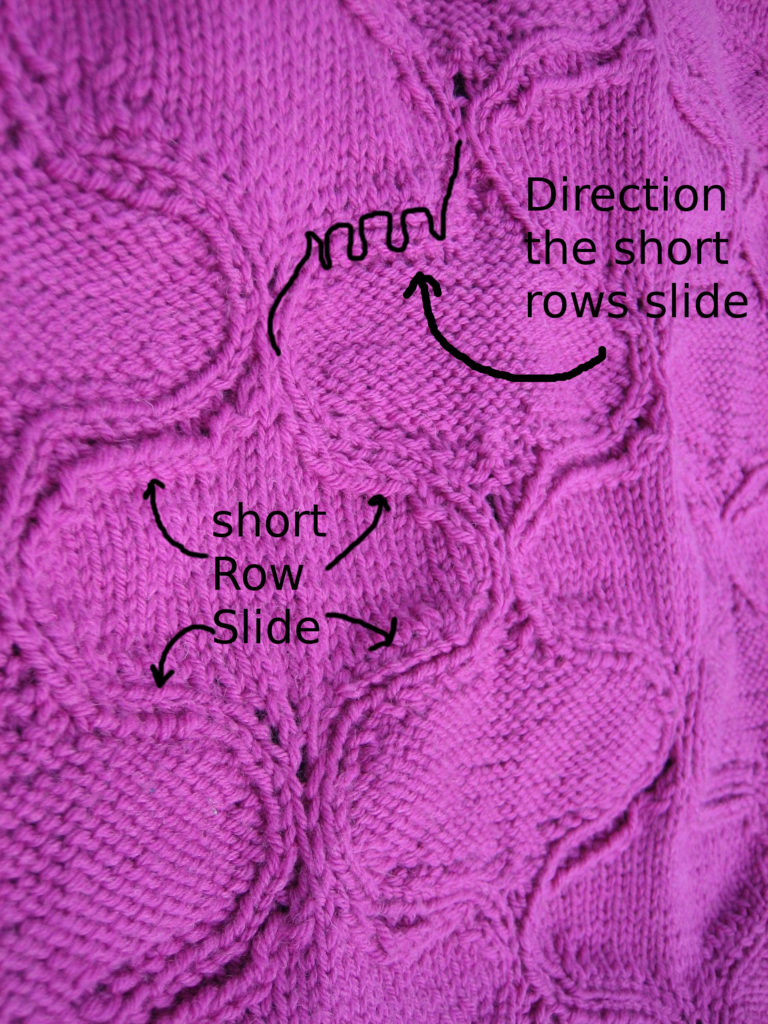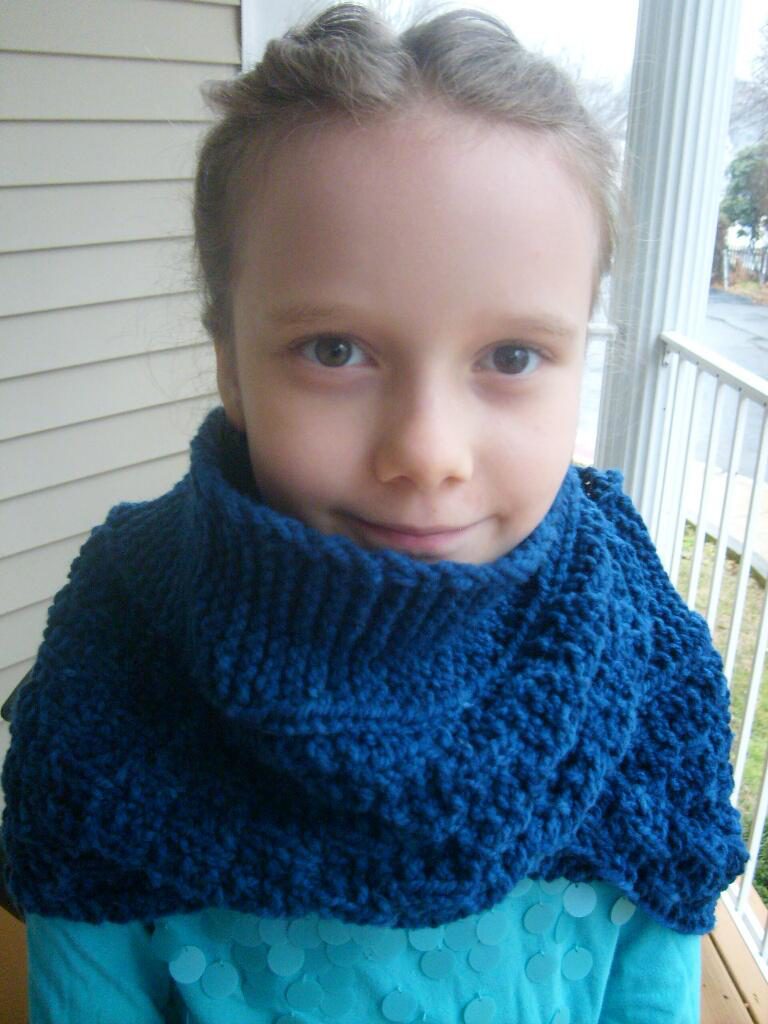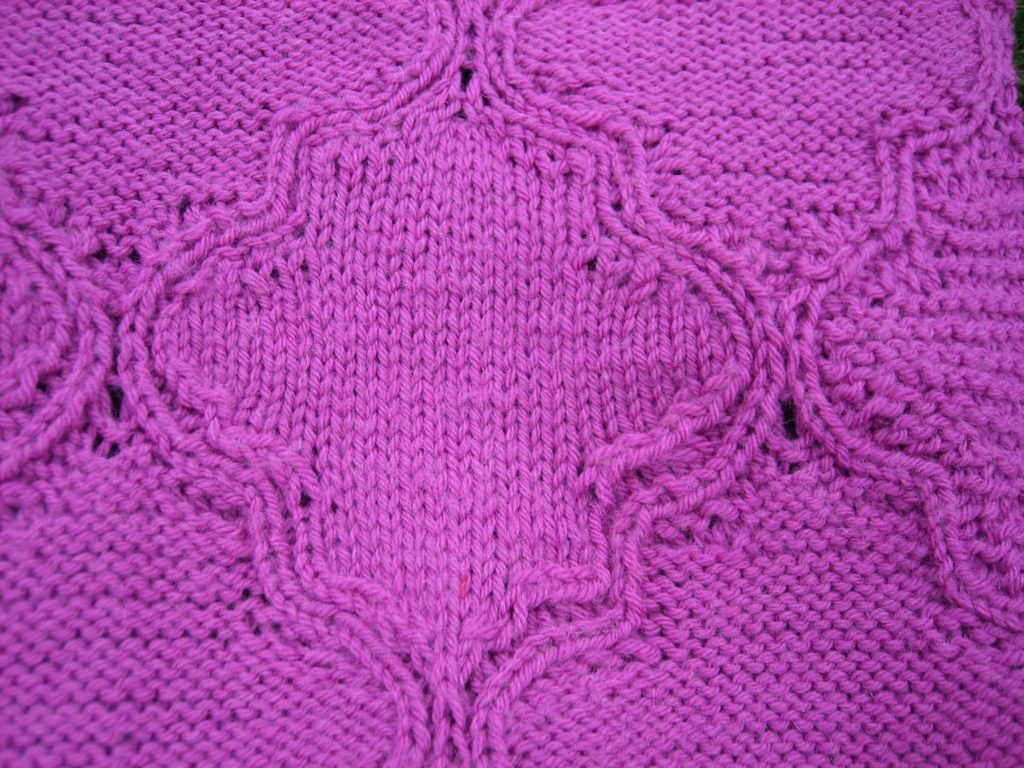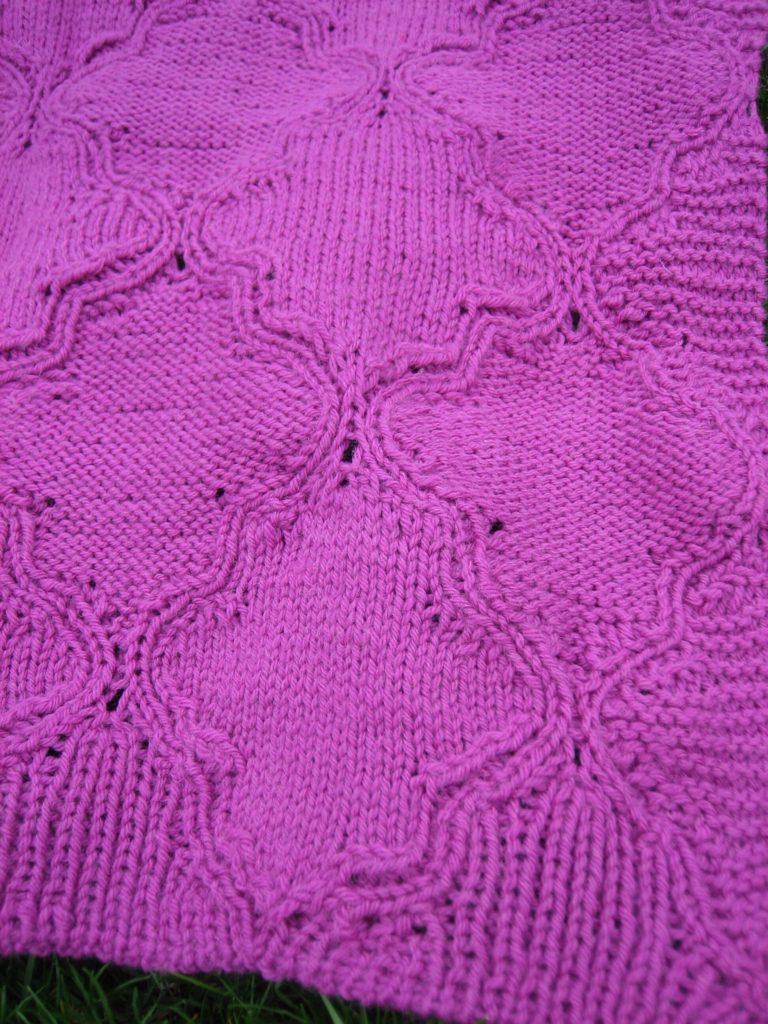I’m so excited about Short Row Slides – using internal short rows to increase on one side of a set of stitches, and decrease on the other, so the stitch set slides horizontally, but the total number of stitches is conserved. Depending on the stitch set you choose, it can be reversible. That’s how I’m making the almost horizontal bits of my Ogee Blankets. I’m checking out books from the library to see if the way I’m using short rows has a term already, so I may be calling it something else soon.
I made 24 new symbols for them on Stitchmastery, added both their written description and graphs to the key via Inkscape (three times, I keep realizing ways to improve them, or finding mistakes, but never until the whole charts are tidy and proofed.) I haven’t figured out how to describe them for intuitive knitters who want an overview, which my TE Corrina Ferguson said I should include. Which is weird, because I’m an intuitive knitter who wants an overview! Perhaps if I blog about it, I’ll write my way into some paragraphs I can recycle into pattern notes.

I didn’t close the tops of my ogee tiles, but brought them down to just one stitch. They are columns of ribbing that change shape by increases and decreases, but never actually crossed over. They did need more definition between them. Which is where needing a present and wanting to participate to the GAL helped me out. We got word that Dan’s sister and brother-in-law would be at his parent’s house for Christmas, despite the Army being about to send them to Germany, or possibly Kansas, so we should remember presents for his nieces.

See how the slipped selvage stitch on the end of the garter is echoed by the border between the garter and the cobblestone section in the Cobblestone Intersections Cowl? It’s a k1, p1, the tiniest bit of ribbing. Both sides look like they have a puffy knit stitch separating them from each section, but the purl ditch fades away into shadow. And it’s reversible! Things that don’t have mirror symmetry feel edgy and cool to me. I was in awe of this pattern. Knit it, it’s wonderful.
I tried Sarah’s internal tiny rib border in my Ogee swatch and it worked marvelously.
But the horizontal bits were still hard. I was waiting for Matt and K to come out of the dentist’s office, and listening to the country radio station (the dentist’s office is the only place I ever hear country music here in New England.) I was trying to get my thoughts graphed out on scrap paper, but I felt confused and impatient. Almost without my consent, my hands picked up the swatch and started knitting. The muscles knew what to do, even if my brain was still trying to draw out a strategy. Work partly forward, increase, turn, work partly backward, decrease, turn, repeat. At first I tried yo for my increases, but they were too pronounced in this solid swatch. My fingers told my brain, “Hang on, we’re not done yet! Refine it later.” They didn’t wrap the turns either, probably because when I used to make saddle shoulders, or add knit on selvages, I would k2tog, turn and slip (from Barbary G Walker or Knitting in the Old Way? Maybe Mary Thomas?) Now I was working k1, turn, slwyif. It didn’t gap, and I’d been worrying that wrapped stitches would look wonky since both sides would show. I finally took over from my fingers, and inspected the work. The bit of knitting looked bumpy (“Just block it,” retorted the fingers) but fairly horizontal, and best of all, reversible.
The kids came out from the dentist at that point, and I had to wait to document what I’d done. But we had a nice walk home by way of the park and library.

And then the swatches sat in my bag. Which sounds like I was giving up or something, but sometimes swatches have to simmer. If they are documented in my sketchbook and Stitchmastery files, they aren’t lost to mankind. I don’t have to panic if I can’t think of everything at the same time; besides, I can’t think of everything at the same time even if I am panicking.
The double increase investigation helped me figure out how I wanted to proceed (yep, the blog series started because I was confused.) It turned out that I wanted to add knits and purls so that the outer knit stitch would smoothly slide next to the rib border, but in my bordering rib half-tiles, I wanted to add stitches on the edges, not grow them from the center stitch. Nested central increases might be good for another application (like the anise pod tips in illicium) but here I wanted it to be like the ogees were tiles stamped out of striped paper.

When my friend Katie announced that she was carrying twin girls the project jumped out of my swatch bag. I could make two blankets, but I’m not constitutionally able to make two identical blankets at the same time. So, one has Moroccan ogees, and the other has regular ogees, but they both are magenta and made of superwash wool. Because babies need easy to launder knits, and so do their parents. I waited to mail the blankets until I’d photographed them. (I’m still using the backup camera.) I’ve written one draft completely, the other one is charted, but not yet written, I need to tidy up the stitch graphs and symbols yet again.
But to state cheerfully what has been done: because I worked through the GAL I feel in love with a classic motif, and learned a neat trick. Then I let my fingers finish a problem that I couldn’t solve with visualization or graphing. And because life means marking special occasions like new babies and Christmas, I’m starting to write a pair of blanket patterns, and have un-vented a technique for reversible nearly horizontal rib borders.
Tell me your crafting life is as serpentine as mine.
My Patterns Andalus and Habibi use these techniques.
